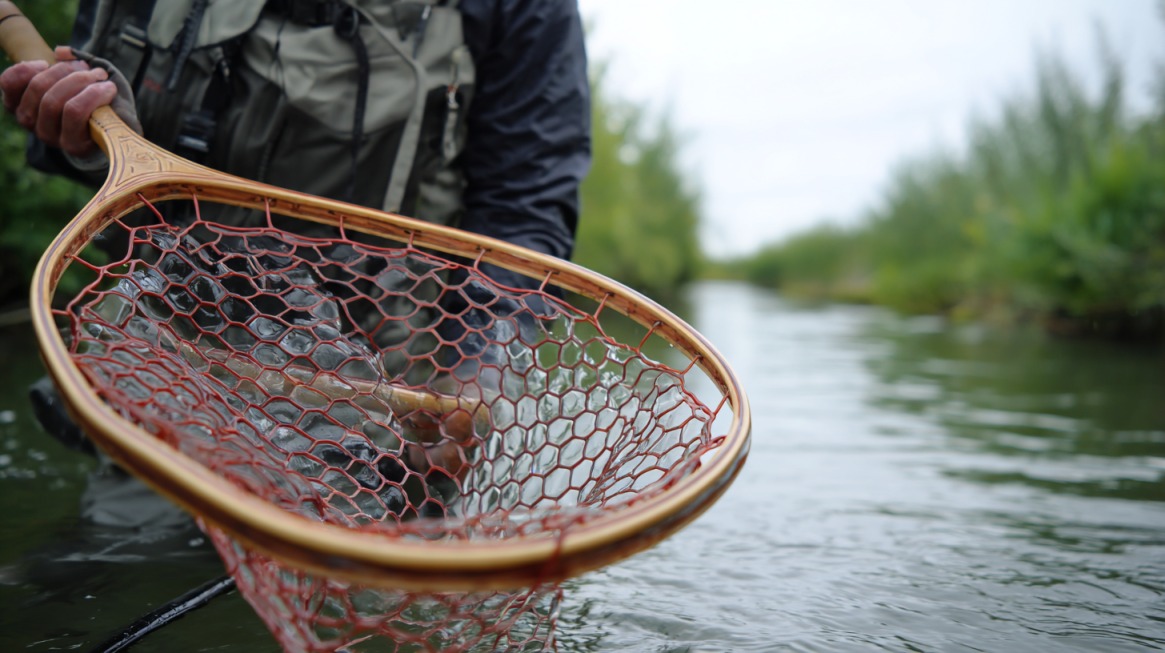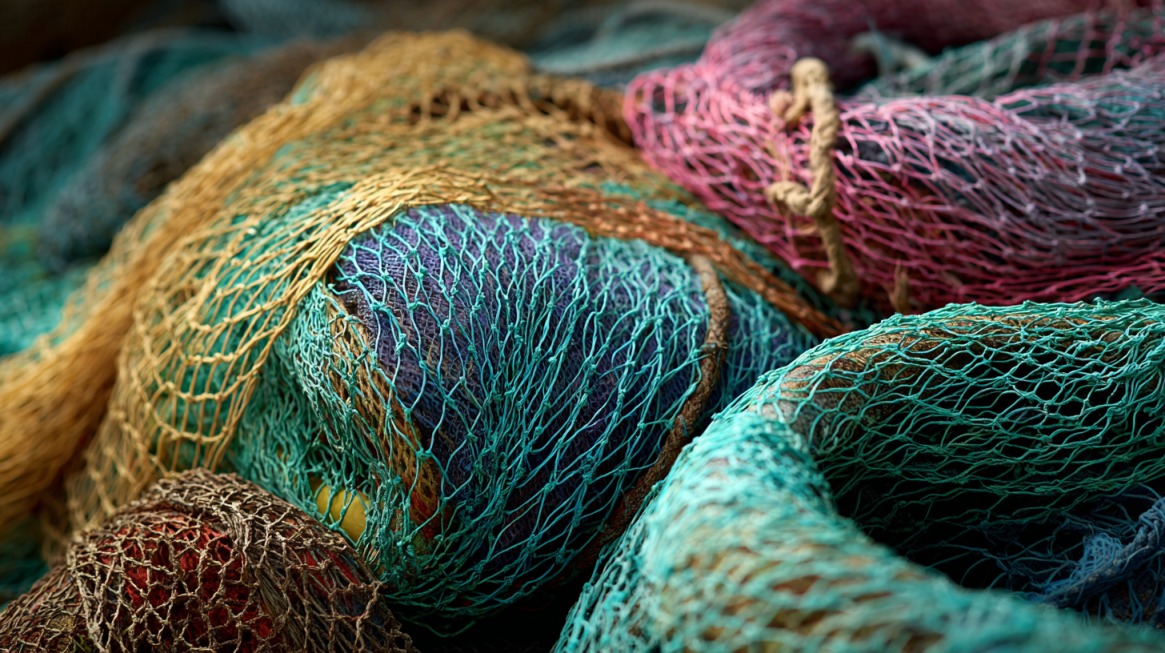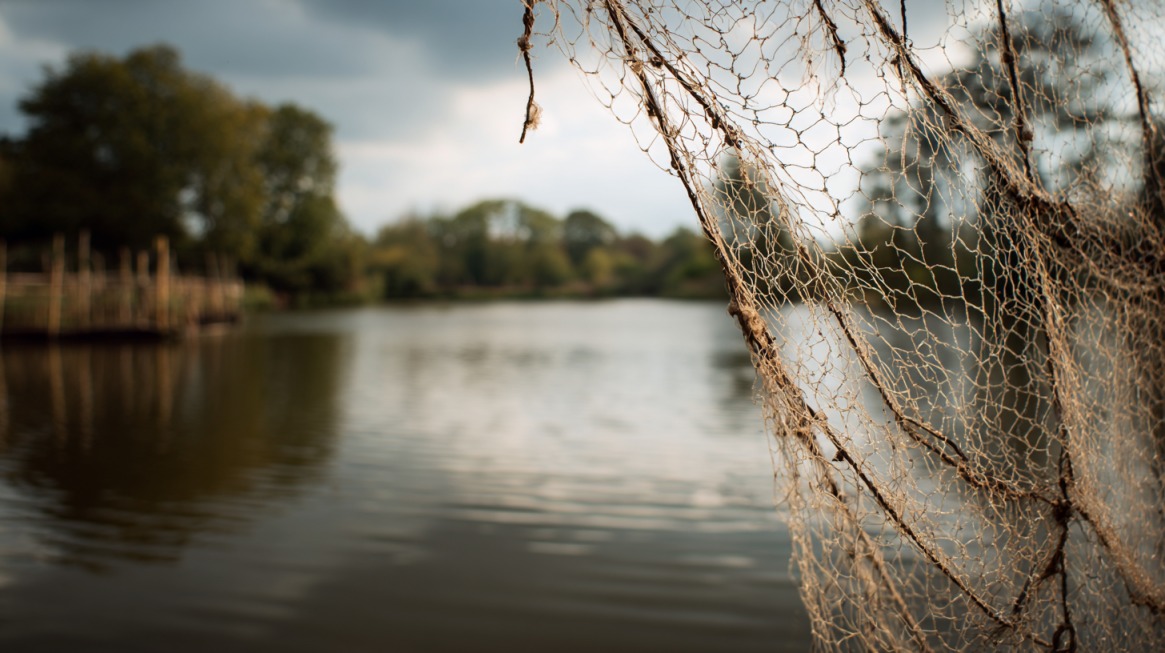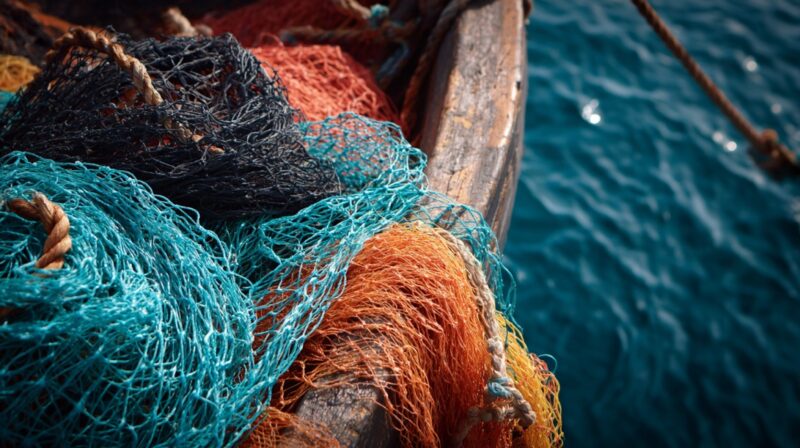When it comes to fishing, having the right equipment is crucial for a successful catch and release. A net is an essential tool that allows anglers to land fish gently, minimizing handling and promoting a healthy release.
The right mesh net can make all the difference in preserving the well-being of the fish. For anglers targeting various species, from trout to bass and larger game fish, selecting the appropriate net size is vital.
This comprehensive guide will walk you through the process of choosing the perfect fishing net for your needs, ensuring both fishing success and conservation.
Key Takeaways
- Understand the importance of selecting the right net size for different fish species.
- Learn how mesh type affects the health and safety of caught fish.
- Discover the relationship between fishing environments and net selection.
- Explore various fishing nets available and how to match them to your fishing needs.
- Gain insights into how proper net selection impacts conservation efforts.
The Importance of Proper Net Size
When it comes to fishing, the net size is a critical factor that directly affects the fish’s chances of survival after being caught. Fish are delicate species that require careful handling to preserve their life.
Why Net Size Matters for Fish Health
The proper net size is essential for maintaining fish health during catch-and-release fishing. A net that is too small can cause fish to bend unnaturally or become cramped, potentially damaging their fins, scales, and protective slime coating.
- A properly sized net prevents unnecessary stress and physical damage to the fish during landing and handling.
- Appropriately sized nets provide enough room for the fish to rest comfortably while removing hooks, reducing handling time and stress.
- Nets with the right mesh material help protect fish from scale damage and fin injuries during the landing process.
How the Right Net Improves Landing Success
The right net size significantly improves landing success rates by providing an adequate target area to secure the fish. This is particularly important for anglers who practice catch-and-release fishing.
- Properly sized nets allow anglers to keep fish submerged in water during hook removal, maintaining gill function and reducing stress.
- Using the correct net size for the target species demonstrates responsible angling practices and contributes to conservation efforts.
Fly Fishing Net Size Guide: Matching Nets to Fish Species

Choosing the right fly fishing net size is crucial for landing your target species successfully. Different fish species require different net sizes to ensure safe handling and to minimize injury to the fish. Understanding the ideal net dimensions for your target species can significantly enhance your fishing experience.
Ideal Net Sizes for Trout Fishing
For trout fishing, the ideal net size typically features a hoop of 13-18 inches in length and a bag depth of approximately 12-15 inches. This size accommodates most trout species comfortably.
The Nomad Mid Length Net is a versatile option for walk-wade anglers targeting trout, as it provides enough space for fish up to 20 inches while remaining portable for wade fishing. When selecting a net for trout, consider the typical size of the trout in your fishing location.
Best Net Options for Bass Fishing
Bass fishing requires slightly larger nets with deeper bags, typically in the range of 14-18 inches, to accommodate the broader body shape and potentially larger size of bass species.
A medium-sized net with a mid-length handle works well for most bass fishing scenarios. For larger bass, consider a net with a larger hoop and deeper bag to ensure safe handling.
Specialized Nets for Larger Species (Salmon, Steelhead, Muskie)
When targeting larger species like salmon, steelhead, or muskie, specialized nets with substantially larger hoops (18-21 inches) and deeper bags (14-20 inches) are necessary. The Nomad Mid Length Boat Net provides a good compromise for anglers pursuing larger fish from a boat, offering the reach and capacity needed for successful landing.
Handle Length: Short vs. Long Options

Choosing the right handle length for your fly fishing net is crucial for both success and fish welfare. The length of the handle can significantly impact your ability to land fish safely and efficiently.
Short Handle Nets: Benefits and Best Uses
Short handle nets, typically measuring between 10-15 inches, are ideal for wade fishing in small to medium streams and rivers.
They offer superior portability and maneuverability, making them easier to carry on backpacking fishing trips and navigate through dense brush or tight spaces along riverbanks.
Long Handle Nets: Advantages for Boat Fishing and Deeper Waters
Long handle nets, ranging from 25-50+ inches, provide extended reach, allowing anglers to land fish while maintaining a safe distance from deep water or steep banks. They are particularly beneficial for boat fishing scenarios, enabling anglers to reach down from elevated positions in drift boats, rafts, or other watercraft.
How to Choose the Right Handle Length for Your Fishing Style
The choice between short and long handle nets should be dictated by your fishing style and environment. Wade anglers in small streams benefit from short handles, while those fishing larger rivers or from boats need longer reaches.
Consider your physical capabilities as well, since longer nets can be cumbersome to carry and maneuver during extended fishing trips.
Many manufacturers now offer modular or telescoping handle designs, providing flexibility for different fishing situations without requiring multiple nets.
Net Materials and Construction Features

For anglers, understanding the materials and construction of their fly fishing nets is essential for successful catch-and-release fishing. The right net can significantly reduce harm to fish, making it a crucial tool for conservation-minded anglers.
Net Bag Materials: Rubber vs. Nylon vs. Mesh
The choice of net bag material is critical for minimizing damage to fish. Rubber net bags have become the gold standard for catch-and-release fishing due to their gentle handling of fish scales, fins, and protective slime coating. They are also less likely to tangle with hooks, making them ideal for anglers who prioritize fish health.
Traditional nylon mesh nets, while lightweight and quick-drying, can cause damage to fish and frequently tangle with hooks. Modern knotless mesh materials, however, offer a compromise between rubber and nylon, providing good fish protection along with faster drying times and lighter weight.
Frame Materials: Wood, Carbon Fiber, and Composites
Frame materials significantly impact the durability, weight, and aesthetics of a fly fishing net. Wood offers a classic beauty, while carbon fiber provides exceptional lightweight strength. Composites balance cost with performance, making them a viable option for many anglers.
Carbon fiber and fiberglass composite frames are particularly noteworthy for their strength-to-weight ratios and are typically waterproof, weatherproof, and buoyant. These features are critical if you accidentally drop your net, as they ensure it remains functional and afloat.
Essential Features to Look For
When selecting a fly fishing net, several essential features should be considered. Buoyancy is crucial, as it ensures the net floats if dropped. Hook-resistant materials and comfortable grip surfaces enhance the net’s functionality and user experience. Additionally, attachment points for net retractors or holsters can be very useful.
Consider nets with measurement markings along the frame or handle to assess fish size without additional handling or tools quickly. These features collectively contribute to a net that is not only effective but also convenient and safe for both the angler and the fish.
Conclusion: Selecting the Perfect Fly Fishing Net
Selecting the ideal fly fishing net is vital for both the fisherman and the fish. The right net not only enhances landing success but also plays a crucial role in conserving fish populations by minimizing handling stress and physical damage.
When choosing a net, consider your typical fishing environment, the size of the target species, and your personal fishing style. For wade fishing in smaller waters targeting trout, a compact net with a short handle and a medium-sized basket is ideal.
In contrast, boat anglers should opt for nets with longer handles and larger baskets to maximize reach and landing success.
The materials used for both the frame and mesh are also critical. Rubber or knotless mesh is recommended for catch-and-release fishing as it reduces the risk of injuring the fish. Popular options like the Nomad series offer specialized nets for different scenarios, from the Mid Length Net for wade anglers to the Boat Net for drift boat fishing.
Investing in a quality net demonstrates a commitment to both the sport and the resource that sustains it. By considering the full range of fishing scenarios you might encounter and choosing a versatile net, you can ensure a successful and sustainable fishing experience.
The Nomad Mid Length Net, for instance, is versatile and suitable for both walk-wade anglers and float fishermen.
In conclusion, the perfect fly fishing net is one that balances functionality, portability, and fish conservation. By making an informed choice, anglers can enhance their fishing experience while contributing to the preservation of fish populations.


